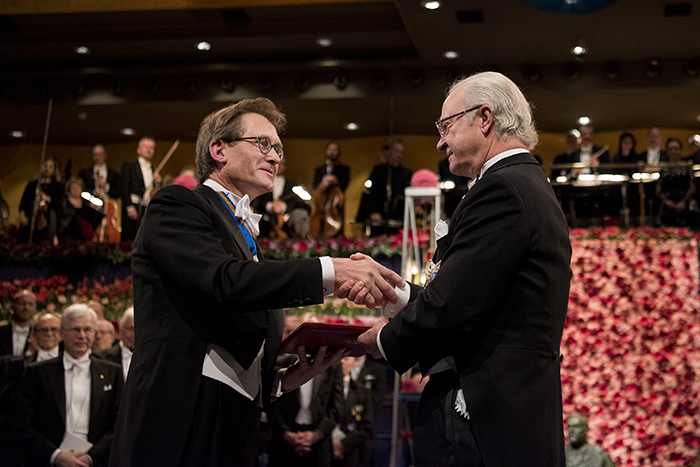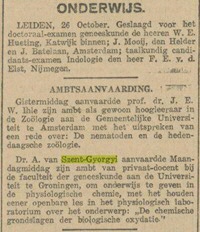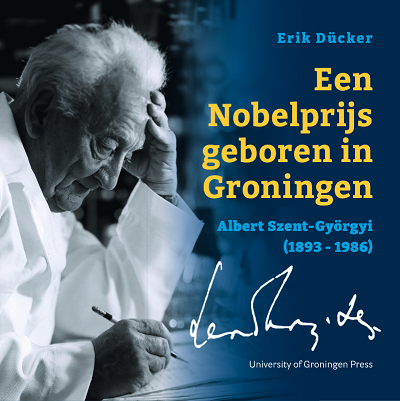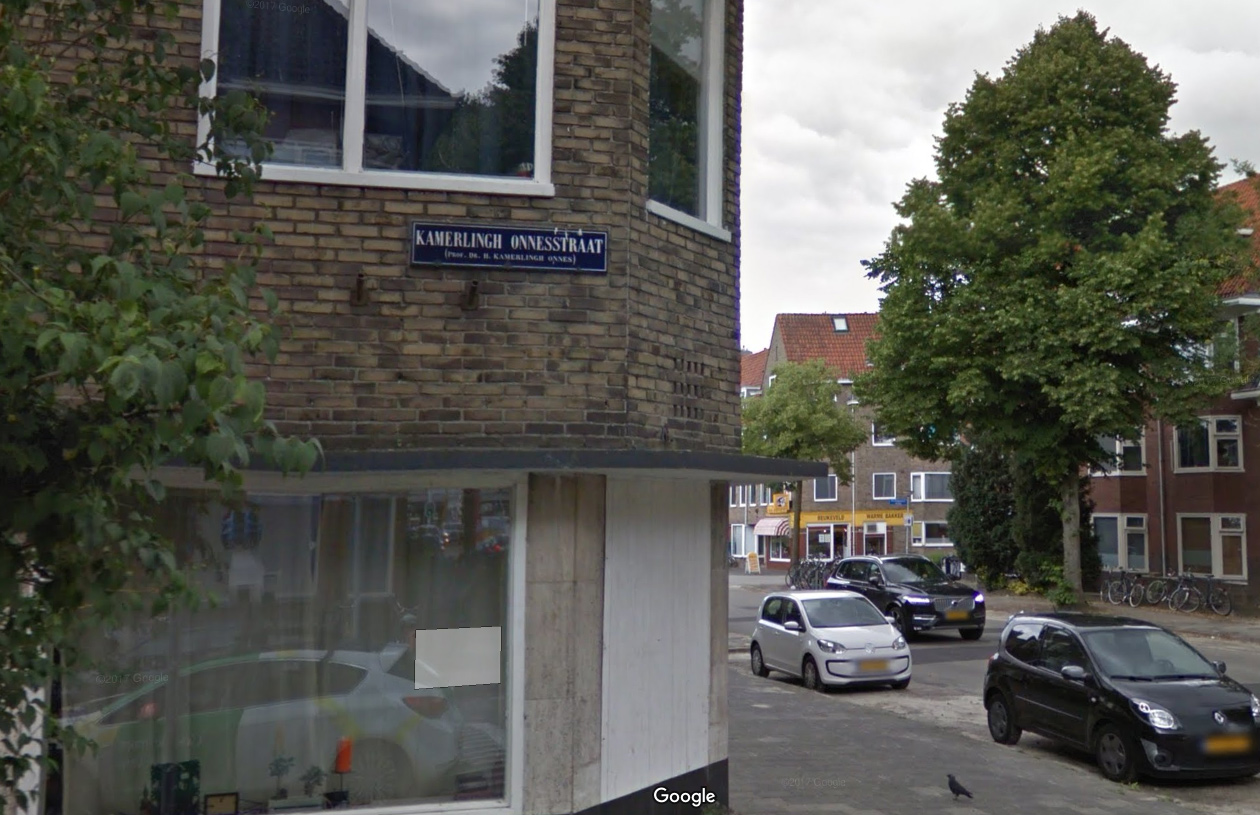Nobel laureates
The University of Groningen has also produced a number of Nobel laureates. Two of these winners were professors at the University when they received the prize. Two additional Nobel laureates did (part of) their studies and research at the University of Groningen.
| Laureates | Year | Discipline |
| Prof. Ben Feringa, molecular machines. | 2016 | Chemistry |
| Prof. Frits Zernike, phase contrast microscope. | 1953 | Physics |

Other laureates
| Albert Szent-Györgyi, cell respiration and vitamin C. | 1937 | Medicine |
| Heike Kamerlingh Onnes, properties of matter at low temperatures. | 1913 | Physics |

Albert Szent-Györgyi
Hungarian Albert Szent-Györgyi studied medicine in Budapest, but had to abandon his studies to fight at the front during the First World War. After the war, he ended up in Leiden in 1920. Two years later, he moved to Prof. H.J. Hamburger’s laboratory at the University of Groningen, where he would work for four years.
In this lab in Groningen, Szent-Györgyi conducted research into cell respiration and biological oxidation. A substance in some plants, such as citrus fruit, appeared to strongly suppress the oxidation process. In 1931, he established that this substance was vitamin C. Szent-Györgyi was awarded the Nobel Prize for Medicine for this discovery in 1937.
University of Groningen Press (UGP) published a book Een Nobelprijs geboren in Groningen: Albert Szent-Györgyi (1893 – 1986) written by Erik Drücker. In this open access book, the author describes Albert's eventful life. A life full of war and controversy, but also humour and of course a life filled with science.

Heike Kamerlingh Onnes
“Knowledge through measurements” was Heike Kamerlingh Onnes’s motto. In his laboratory in Leiden, Kamerlingh Onnes researched the liquefaction of gases. He founded a school for instrument makers to equip his laboratory as well as possible for his measurements. On 10 July 1908 Heike Kamerlingh Onnes was the first to succeed in liquefying helium at a temperature of -269 ºC. He was awarded the Nobel Prize for this achievement in 1913.
Kamerlingh Onnes didn’t start out in Leiden, however; he was born in Groningen and studied mathematics and physics at the University of Groningen. In 1870, he passed his propaedeutic year in chemistry. After this first year, he left the University of Groningen to continue his studies in Heidelberg. In 1873, he returned to Groningen and obtained his doctorate in 1879. Three years later, he became a professor at Leiden University.
A street in Groningen is named after him.

| Last modified: | 13 April 2023 11.30 a.m. |
